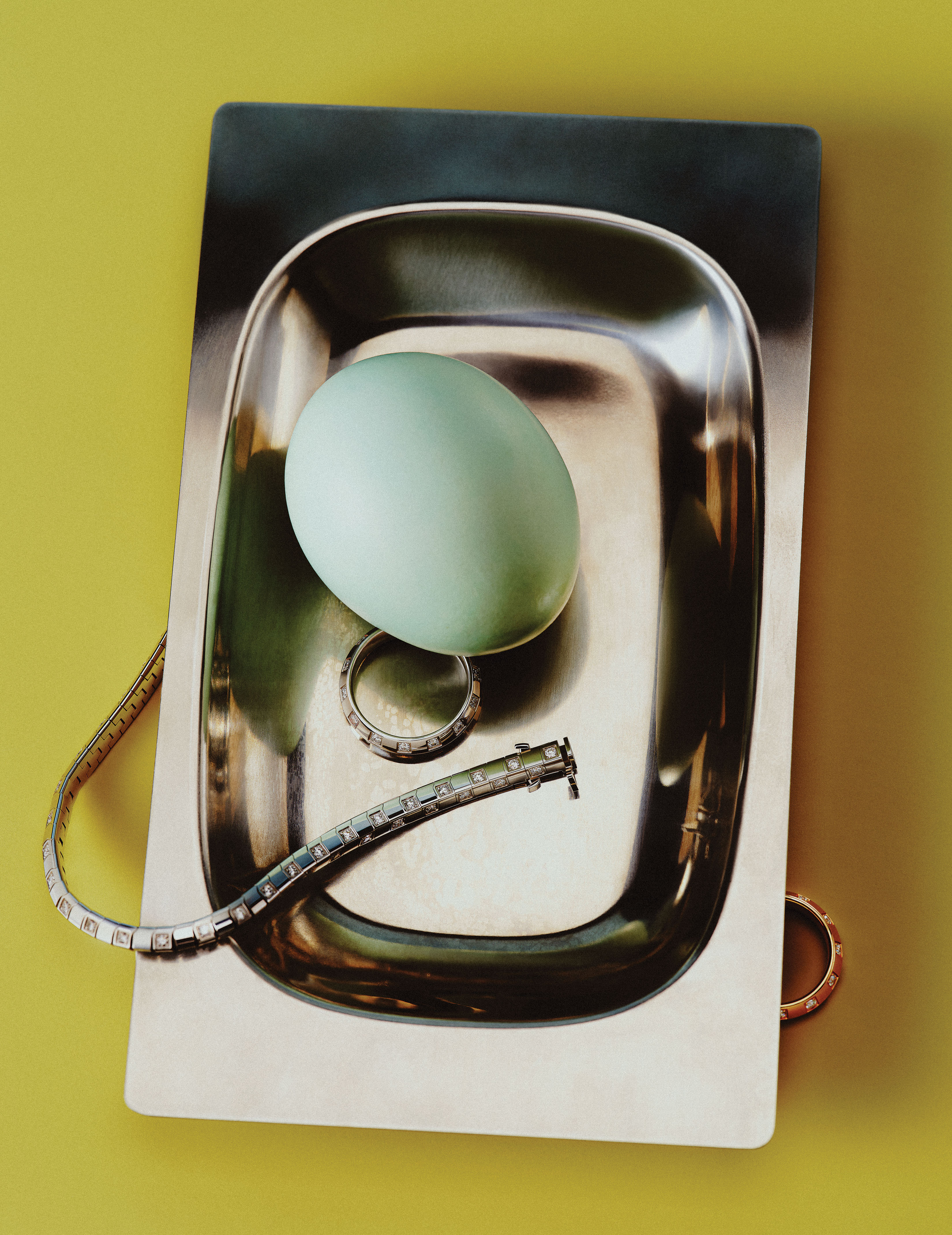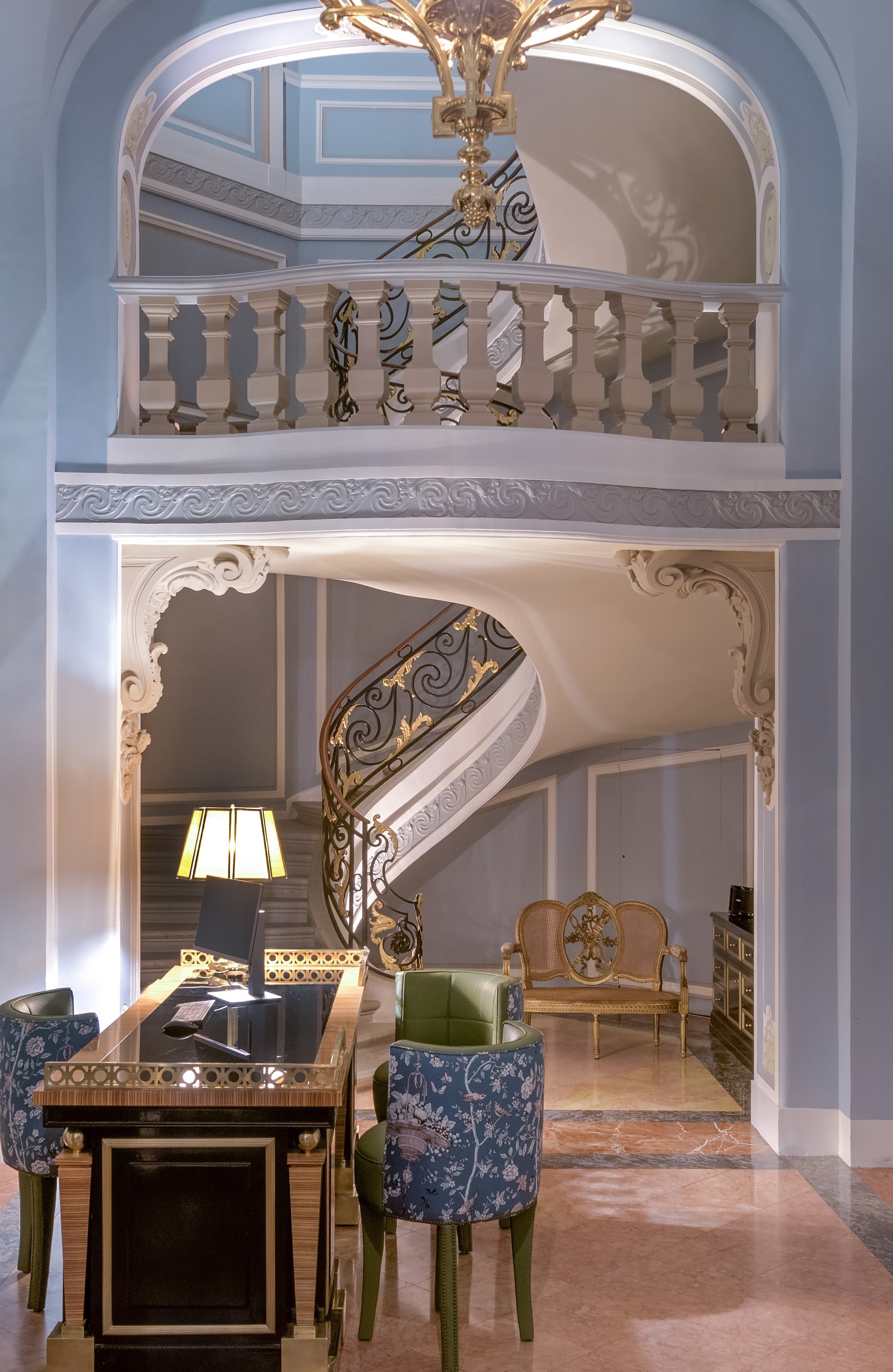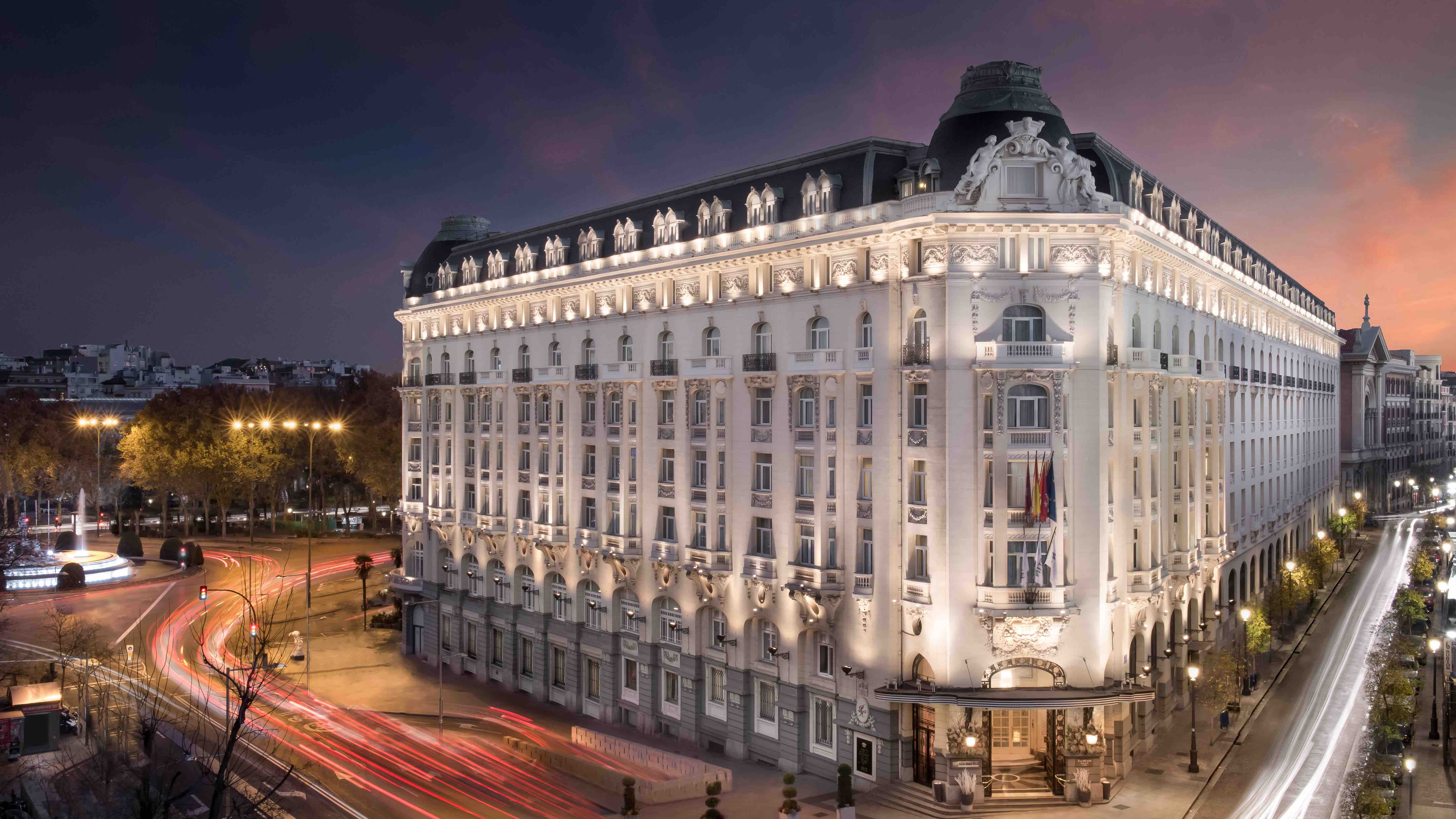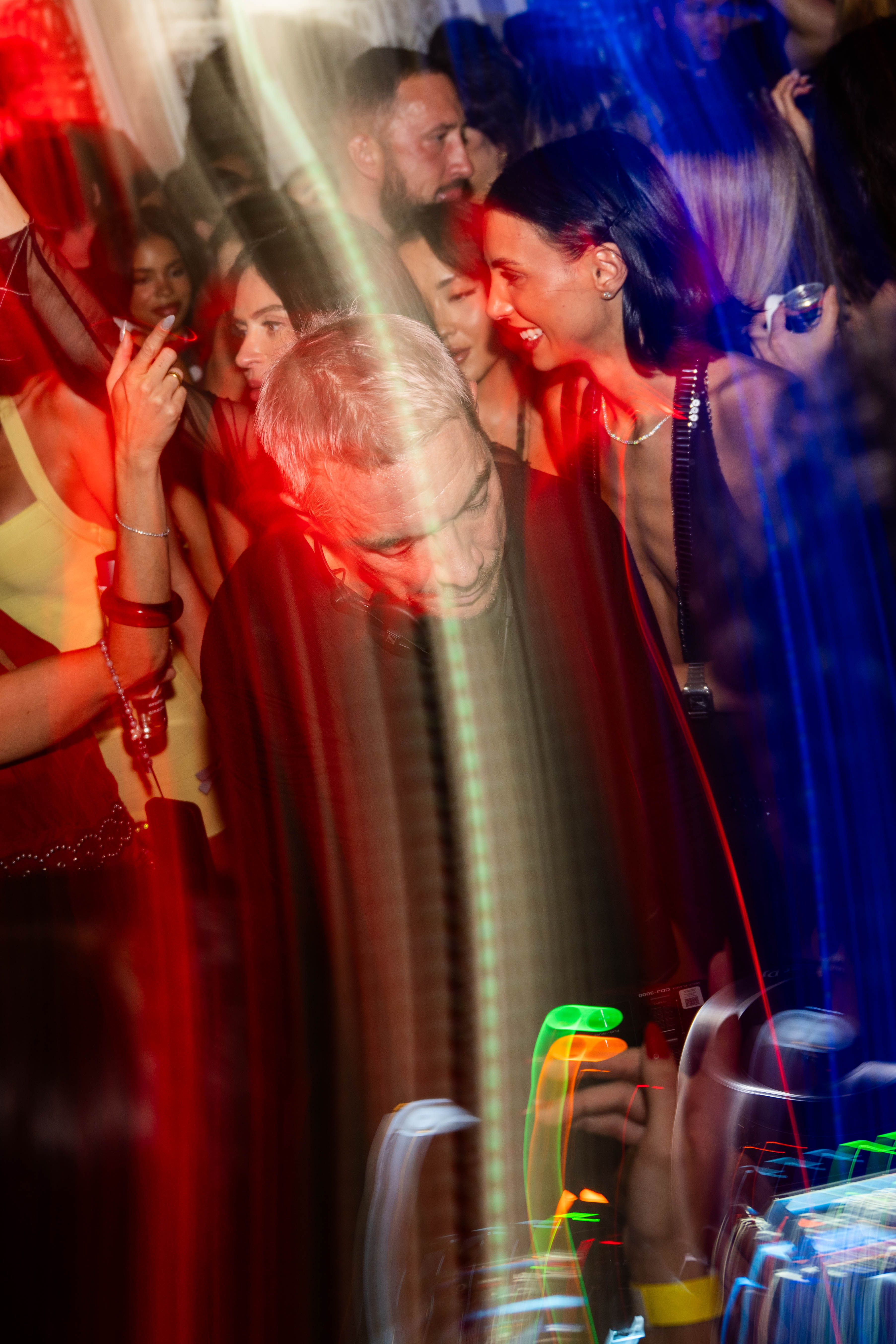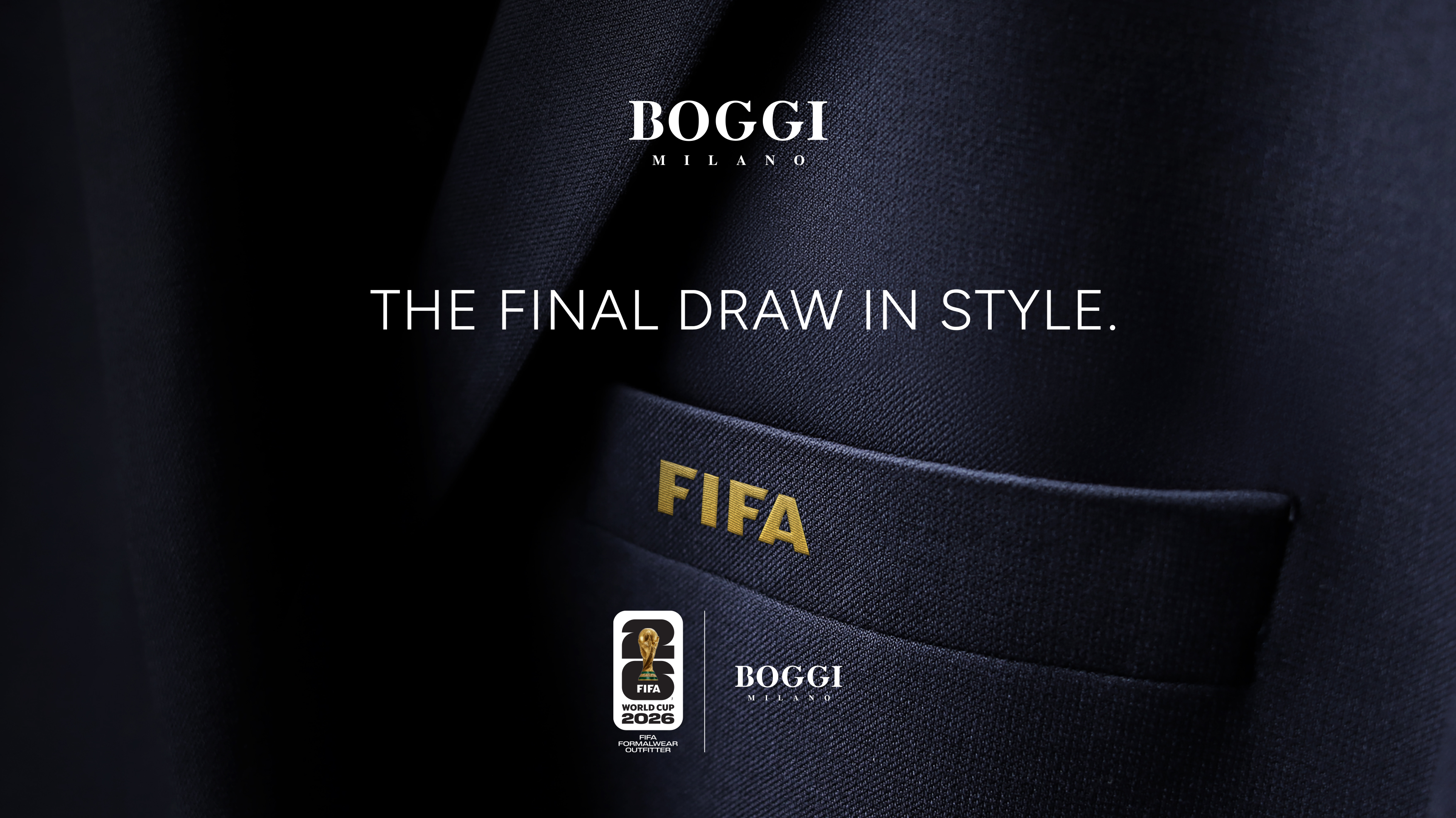

“Worry,” (2006). Ink and pastel on paper. 21 x 29 centimeters. Courtesy the artist and Design Space Gallery, Tel Aviv.


“Transgender,” (2012). Pins and gaffer tape on black Polaroid (Fujifilm instax Wide Film). 10.8 x 8.6 centimeters. Courtesy the artist and Design Space Gallery, Tel Aviv.


“The Wanderer,” (2010). Fujifilm instax Wide Film. 10.8 x 8.6 centimeters. Courtesy the artist and Design Space Gallery, Tel Aviv.


Still from _Tikkun_, (2014). 35mm. 90 minutes. Courtesy the Artist.
[](https://flaunt-mag.squarespace.com/config/pages/587fe9d4d2b857e5d49ca782#)[](https://flaunt-mag.squarespace.com/config/pages/587fe9d4d2b857e5d49ca782#)
Avishai Sivan
The Pains of Being an Apex Predator Trapped Inside a Macho, Pornographic Bubble
Avishai Sivan is an Israel-born filmmaker who is best known for
_The Wanderer_
, a drama veiled in dark humor that follows a young orthodox male with physical frailties searching for answers. In the same year it debuted at Cannes Film Festival 2010, the film won Best First Feature Film and Best Cinematography at the Jerusalem Film Festival. His first published book,
_Musings on Filmmaking Whilst Cycling through the City_
, was launched the following year. Aside from obvious cinematic predilections, Sivan has showcased his artwork throughout multiple exhibitions in Israel and Europe. Most recently, the visual artist participated in
_Holding_
, a group exhibition in Tel-Aviv.
#### _Artist Statement:_
In some respects, it seems I’m working with classic physical forms but actually I’m interested in the immorality behind them, in a way that resembles the erotic surrealism of Luis Buñuel’s films or Georges Bataille’s books.
#### _Tell us a little bit about the inspiration behind your film_ Tikkun_?_
It’s a story that examines the experience of death from the viewpoints of a father and son: a son who experiences clinical death and a father who resuscitates him. After his “rebirth,” the son’s life changes as he’s driven by inexplicable feelings that run contrary to the life he’d once led. Prior to his “death” the son had lived as a model religious scholar. His father recognizes his son’s struggle and fights the instinct to keep him alive at all costs. Gradually he falters and begins to regret not letting his son die.
My inspiration for this piece is an attraction to the Ultra Orthodox world which I’ve explored in many of my works: I examine faith and its many facets, until I reach its very edge, i.e., heresy—which I see as a faith in its own right—that asks for a different kind of hope.
#### _Would you call your work inherently political?_
I don’t think the works are consciously political. Perhaps within them is an unconscious, almost anarchic, political act. They undermine morality and even look beyond it in order to show that living requires recognizing the impossible and accepting its deadly mechanism. Perhaps on a profound, unconscious level this connects to the permanently unstable country I live in. I don’t, however, consciously create political works.
#### _The Jewish faith plays a large part in your work. What do you hope to impart about it to your audience?_
It’s not so much Judaism as religion in general. You could easily exchange the Judaism in my work for Christianity, Islam, or any other religion. I explore faith and its fragility. I use Judaism due to its physical proximity to me. I want to communicate the beauty and simplicity of the believer as well as the conflicts and disasters that occur when faith expires or transforms. A romantic soul dedicates itself to faith but when faith challenges him, he understands he must fight for the truth, whatever that may be.
#### _Describe your creative workspace._
I mostly process ideas in my head, all the time and everywhere I go. I most prefer to invent new projects when abroad, wandering the streets in unfamiliar cities or in bed just before I fall asleep. When I finally write it down, it’s in a small, temporary workspace with a laptop and notebook. At present, my office is a hi-tech office that belongs to a childhood friend. When I had an art studio, as is the expectation, my paintings were on a larger scale, but on the whole, I work in small formats so that my studio can be almost anywhere. I like the transience. It keeps the work environment fresh.
#### _What about technology scares you? What about art scares you?_
What scares me in art and technology is also what attracts me: its accessibility and/or its accessibility to only those who understand it.
#### _Your body of work is executed through a diverse variety of mediums. When you
have a concept or idea, how do you choose which medium you’re going to
work with?_
I think I envision the project in a certain format. There’s an element of self-reflexivity in all my work. Often the medium is the protagonist or plays a part in the piece. In other words, in the battle of form vs. content, I veer towards form.
#### _Some of your works repurpose maps. What is it about the cartographer’s craft that draws your artistic interest?_
Maps have always stirred an almost childlike curiosity in me. I’d compare it to staring out an airplane window. The view from above is hypnotizing and awe-inspiring, no matter how many times a person flies. Maps may seem purposeful, almost scientific works, but for me they are an astonishing, beautiful, abstract mess, where small names are titles for random small dots. Imagine there was a title on top of each splash of paint on a Pollock. That’s real poetry! Despite the fact that most of the maps I own are in languages I do not understand, I nonetheless understand poetry that moves me. I draw images on maps for the simple reason that I see and imagine them lifting off the page. All that’s left is for me to delineate them and carve them out from the landscape of the map.
#### _What moves you?_
The moment and its sick brother: death. I believe in coming up with creative ways to connect time and space and try to belong to that specific moment. Perhaps that’s why I’m so attracted to cinema.
 
“Worry,” (2006). Ink and pastel on paper. 21 x 29 centimeters. Courtesy the artist and Design Space Gallery, Tel Aviv.

“Worry,” (2006). Ink and pastel on paper. 21 x 29 centimeters. Courtesy the artist and Design Space Gallery, Tel Aviv.
 
“Transgender,” (2012). Pins and gaffer tape on black Polaroid (Fujifilm instax Wide Film). 10.8 x 8.6 centimeters. Courtesy the artist and Design Space Gallery, Tel Aviv.

“Transgender,” (2012). Pins and gaffer tape on black Polaroid (Fujifilm instax Wide Film). 10.8 x 8.6 centimeters. Courtesy the artist and Design Space Gallery, Tel Aviv.
 
“The Wanderer,” (2010). Fujifilm instax Wide Film. 10.8 x 8.6 centimeters. Courtesy the artist and Design Space Gallery, Tel Aviv.

“The Wanderer,” (2010). Fujifilm instax Wide Film. 10.8 x 8.6 centimeters. Courtesy the artist and Design Space Gallery, Tel Aviv.
 
Still from _Tikkun_, (2014). 35mm. 90 minutes. Courtesy the Artist.
[](https://flaunt-mag.squarespace.com/config/pages/587fe9d4d2b857e5d49ca782#)[](https://flaunt-mag.squarespace.com/config/pages/587fe9d4d2b857e5d49ca782#)
Avishai Sivan
The Pains of Being an Apex Predator Trapped Inside a Macho, Pornographic Bubble
Avishai Sivan is an Israel-born filmmaker who is best known for
_The Wanderer_
, a drama veiled in dark humor that follows a young orthodox male with physical frailties searching for answers. In the same year it debuted at Cannes Film Festival 2010, the film won Best First Feature Film and Best Cinematography at the Jerusalem Film Festival. His first published book,
_Musings on Filmmaking Whilst Cycling through the City_
, was launched the following year. Aside from obvious cinematic predilections, Sivan has showcased his artwork throughout multiple exhibitions in Israel and Europe. Most recently, the visual artist participated in
_Holding_
, a group exhibition in Tel-Aviv.
#### _Artist Statement:_
In some respects, it seems I’m working with classic physical forms but actually I’m interested in the immorality behind them, in a way that resembles the erotic surrealism of Luis Buñuel’s films or Georges Bataille’s books.
#### _Tell us a little bit about the inspiration behind your film_ Tikkun_?_
It’s a story that examines the experience of death from the viewpoints of a father and son: a son who experiences clinical death and a father who resuscitates him. After his “rebirth,” the son’s life changes as he’s driven by inexplicable feelings that run contrary to the life he’d once led. Prior to his “death” the son had lived as a model religious scholar. His father recognizes his son’s struggle and fights the instinct to keep him alive at all costs. Gradually he falters and begins to regret not letting his son die.
My inspiration for this piece is an attraction to the Ultra Orthodox world which I’ve explored in many of my works: I examine faith and its many facets, until I reach its very edge, i.e., heresy—which I see as a faith in its own right—that asks for a different kind of hope.
#### _Would you call your work inherently political?_
I don’t think the works are consciously political. Perhaps within them is an unconscious, almost anarchic, political act. They undermine morality and even look beyond it in order to show that living requires recognizing the impossible and accepting its deadly mechanism. Perhaps on a profound, unconscious level this connects to the permanently unstable country I live in. I don’t, however, consciously create political works.
#### _The Jewish faith plays a large part in your work. What do you hope to impart about it to your audience?_
It’s not so much Judaism as religion in general. You could easily exchange the Judaism in my work for Christianity, Islam, or any other religion. I explore faith and its fragility. I use Judaism due to its physical proximity to me. I want to communicate the beauty and simplicity of the believer as well as the conflicts and disasters that occur when faith expires or transforms. A romantic soul dedicates itself to faith but when faith challenges him, he understands he must fight for the truth, whatever that may be.
#### _Describe your creative workspace._
I mostly process ideas in my head, all the time and everywhere I go. I most prefer to invent new projects when abroad, wandering the streets in unfamiliar cities or in bed just before I fall asleep. When I finally write it down, it’s in a small, temporary workspace with a laptop and notebook. At present, my office is a hi-tech office that belongs to a childhood friend. When I had an art studio, as is the expectation, my paintings were on a larger scale, but on the whole, I work in small formats so that my studio can be almost anywhere. I like the transience. It keeps the work environment fresh.
#### _What about technology scares you? What about art scares you?_
What scares me in art and technology is also what attracts me: its accessibility and/or its accessibility to only those who understand it.
#### _Your body of work is executed through a diverse variety of mediums. When you
have a concept or idea, how do you choose which medium you’re going to
work with?_
I think I envision the project in a certain format. There’s an element of self-reflexivity in all my work. Often the medium is the protagonist or plays a part in the piece. In other words, in the battle of form vs. content, I veer towards form.
#### _Some of your works repurpose maps. What is it about the cartographer’s craft that draws your artistic interest?_
Maps have always stirred an almost childlike curiosity in me. I’d compare it to staring out an airplane window. The view from above is hypnotizing and awe-inspiring, no matter how many times a person flies. Maps may seem purposeful, almost scientific works, but for me they are an astonishing, beautiful, abstract mess, where small names are titles for random small dots. Imagine there was a title on top of each splash of paint on a Pollock. That’s real poetry! Despite the fact that most of the maps I own are in languages I do not understand, I nonetheless understand poetry that moves me. I draw images on maps for the simple reason that I see and imagine them lifting off the page. All that’s left is for me to delineate them and carve them out from the landscape of the map.
#### _What moves you?_
The moment and its sick brother: death. I believe in coming up with creative ways to connect time and space and try to belong to that specific moment. Perhaps that’s why I’m so attracted to cinema.

Still from _Tikkun_, (2014). 35mm. 90 minutes. Courtesy the Artist.
[](https://flaunt-mag.squarespace.com/config/pages/587fe9d4d2b857e5d49ca782#)[](https://flaunt-mag.squarespace.com/config/pages/587fe9d4d2b857e5d49ca782#)
Avishai Sivan
The Pains of Being an Apex Predator Trapped Inside a Macho, Pornographic Bubble
Avishai Sivan is an Israel-born filmmaker who is best known for
_The Wanderer_
, a drama veiled in dark humor that follows a young orthodox male with physical frailties searching for answers. In the same year it debuted at Cannes Film Festival 2010, the film won Best First Feature Film and Best Cinematography at the Jerusalem Film Festival. His first published book,
_Musings on Filmmaking Whilst Cycling through the City_
, was launched the following year. Aside from obvious cinematic predilections, Sivan has showcased his artwork throughout multiple exhibitions in Israel and Europe. Most recently, the visual artist participated in
_Holding_
, a group exhibition in Tel-Aviv.
#### _Artist Statement:_
In some respects, it seems I’m working with classic physical forms but actually I’m interested in the immorality behind them, in a way that resembles the erotic surrealism of Luis Buñuel’s films or Georges Bataille’s books.
#### _Tell us a little bit about the inspiration behind your film_ Tikkun_?_
It’s a story that examines the experience of death from the viewpoints of a father and son: a son who experiences clinical death and a father who resuscitates him. After his “rebirth,” the son’s life changes as he’s driven by inexplicable feelings that run contrary to the life he’d once led. Prior to his “death” the son had lived as a model religious scholar. His father recognizes his son’s struggle and fights the instinct to keep him alive at all costs. Gradually he falters and begins to regret not letting his son die.
My inspiration for this piece is an attraction to the Ultra Orthodox world which I’ve explored in many of my works: I examine faith and its many facets, until I reach its very edge, i.e., heresy—which I see as a faith in its own right—that asks for a different kind of hope.
#### _Would you call your work inherently political?_
I don’t think the works are consciously political. Perhaps within them is an unconscious, almost anarchic, political act. They undermine morality and even look beyond it in order to show that living requires recognizing the impossible and accepting its deadly mechanism. Perhaps on a profound, unconscious level this connects to the permanently unstable country I live in. I don’t, however, consciously create political works.
#### _The Jewish faith plays a large part in your work. What do you hope to impart about it to your audience?_
It’s not so much Judaism as religion in general. You could easily exchange the Judaism in my work for Christianity, Islam, or any other religion. I explore faith and its fragility. I use Judaism due to its physical proximity to me. I want to communicate the beauty and simplicity of the believer as well as the conflicts and disasters that occur when faith expires or transforms. A romantic soul dedicates itself to faith but when faith challenges him, he understands he must fight for the truth, whatever that may be.
#### _Describe your creative workspace._
I mostly process ideas in my head, all the time and everywhere I go. I most prefer to invent new projects when abroad, wandering the streets in unfamiliar cities or in bed just before I fall asleep. When I finally write it down, it’s in a small, temporary workspace with a laptop and notebook. At present, my office is a hi-tech office that belongs to a childhood friend. When I had an art studio, as is the expectation, my paintings were on a larger scale, but on the whole, I work in small formats so that my studio can be almost anywhere. I like the transience. It keeps the work environment fresh.
#### _What about technology scares you? What about art scares you?_
What scares me in art and technology is also what attracts me: its accessibility and/or its accessibility to only those who understand it.
#### _Your body of work is executed through a diverse variety of mediums. When you
have a concept or idea, how do you choose which medium you’re going to
work with?_
I think I envision the project in a certain format. There’s an element of self-reflexivity in all my work. Often the medium is the protagonist or plays a part in the piece. In other words, in the battle of form vs. content, I veer towards form.
#### _Some of your works repurpose maps. What is it about the cartographer’s craft that draws your artistic interest?_
Maps have always stirred an almost childlike curiosity in me. I’d compare it to staring out an airplane window. The view from above is hypnotizing and awe-inspiring, no matter how many times a person flies. Maps may seem purposeful, almost scientific works, but for me they are an astonishing, beautiful, abstract mess, where small names are titles for random small dots. Imagine there was a title on top of each splash of paint on a Pollock. That’s real poetry! Despite the fact that most of the maps I own are in languages I do not understand, I nonetheless understand poetry that moves me. I draw images on maps for the simple reason that I see and imagine them lifting off the page. All that’s left is for me to delineate them and carve them out from the landscape of the map.
#### _What moves you?_
The moment and its sick brother: death. I believe in coming up with creative ways to connect time and space and try to belong to that specific moment. Perhaps that’s why I’m so attracted to cinema.


